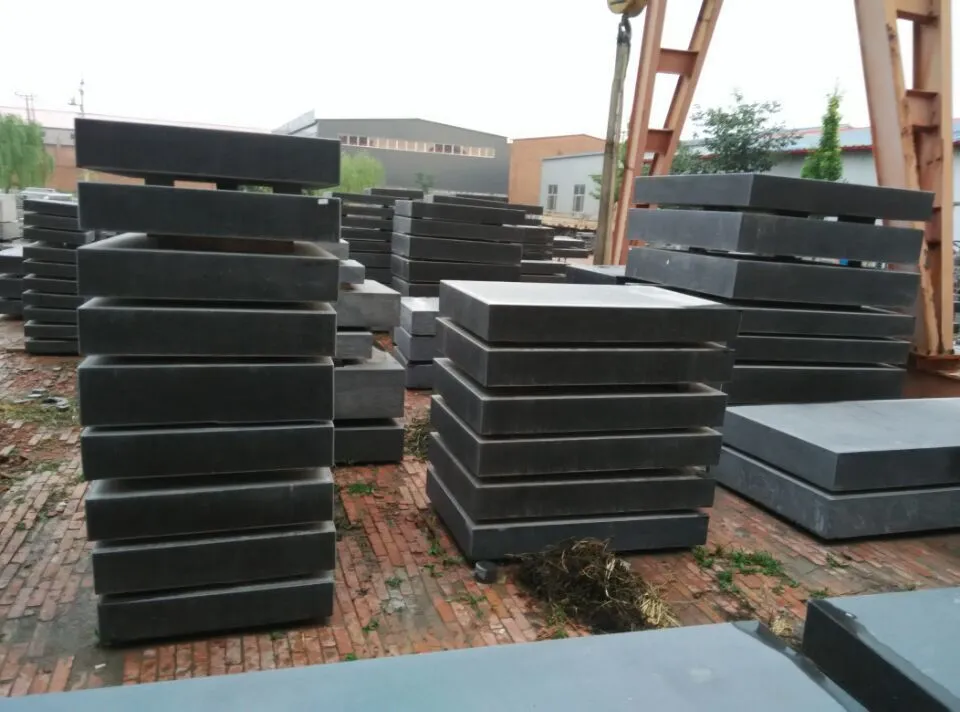Nov . 17, 2024 03:27 Back to list
industrial check valve
Understanding Industrial Check Valves Function and Applications
Check valves play a crucial role in industrial systems, ensuring the efficient and safe movement of fluids. Often referred to as one-way valves, they allow fluid to flow in a single direction while preventing backflow, thereby protecting equipment and maintaining system integrity.
What is a Check Valve?
A check valve is a mechanical device that opens to fluid flow in one direction and closes to prevent backflow. The design of a check valve allows it to operate automatically, relying on the pressure of the fluid to lift the valve mechanism when flow occurs. Once the flow stops or reverses, gravity, a spring, or the weight of the valve itself causes it to close. This mechanism is critical in applications such as piping systems transporting liquids and gases.
Types of Check Valves
There are several types of check valves, each designed for specific applications. The most common types include
1. Swing Check Valve This valve has a hinged disc that swings open with forward flow and closes when flow stops or reverses. It's ideal for low-pressure applications.
2. Lift Check Valve In this type, the disc moves vertically away from the seat to allow flow. It’s suited for high-pressure applications and is widely used in water and steam services.
3. Wafer Check Valve A compact design that fits between flanges, wafer check valves are often utilized in systems with limited space. They are lightweight and offer a tight shut-off.
4. Ball Check Valve Featuring a ball that moves up and down within the valve body, this type prevents backflow very effectively and is used in diverse applications, including food processing and water supply.
5. Dual Plate Check Valve This design employs two plates to create a lightweight yet durable option for high-flow applications. It's commonly used in pipelines and industrial processes.
industrial check valve

Applications of Industrial Check Valves
Industrial check valves are used in various sectors, including water treatment, oil and gas, chemical manufacturing, and HVAC systems.
2. Oil and Gas Industries In pipelines transporting oil, gas, or refined products, check valves are crucial for preventing reverse flow, which could lead to contamination or equipment damage.
3. Chemical Processes Many chemicals are hazardous, making backflow prevention essential. Check valves ensure that chemicals flow in the correct direction, thus safeguarding against leaks and spills.
4. HVAC Systems In heating and cooling systems, check valves help maintain system pressure and efficiency by preventing coolant or heated water from flowing in the wrong direction.
Benefits of Using Check Valves
The advantages of integrating check valves into industrial systems include
- Prevention of Backflow By stopping reverse flow, check valves protect against potential damage and maintain system integrity. - Automatic Operation Check valves work without the need for external control, enhancing system efficiency and reducing the need for manual intervention. - Cost-Effectiveness By preventing downtime and equipment damage, check valves can lead to significant savings in maintenance and repair costs.
Conclusion
Industrial check valves are indispensable components of fluid handling systems. Their ability to automatically regulate fluid flow contributes to the efficiency and safety of a wide range of applications. Understanding the different types and benefits of check valves can help industries make informed decisions about their use, ensuring optimal performance and reliability in their operations.
-
Y Type Strainer Maintains System Efficiency Long TermNewsJul.15,2025
-
Valve Selection Guide for Industrial ApplicationsNewsJul.15,2025
-
Steel Fab Table Provides Durable Work Surface for WeldingNewsJul.15,2025
-
Pad Iron Provides Stable Support for Heavy MachineryNewsJul.15,2025
-
One Inch Check Valve Fits Standard Plumbing SystemsNewsJul.15,2025
-
Measuring Micrometer Ensures Precise Dimensional AccuracyNewsJul.15,2025
Related PRODUCTS









